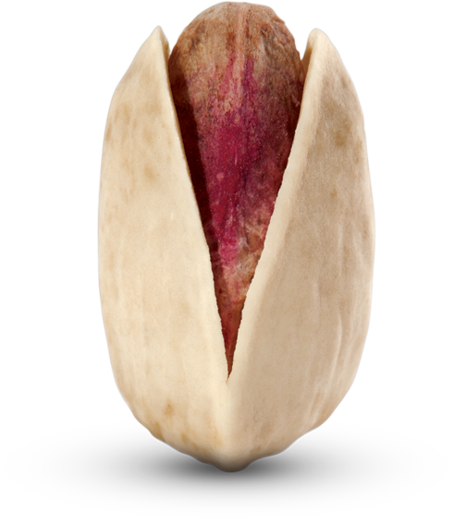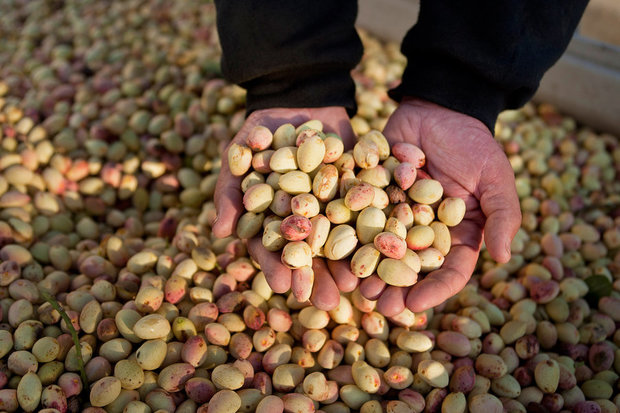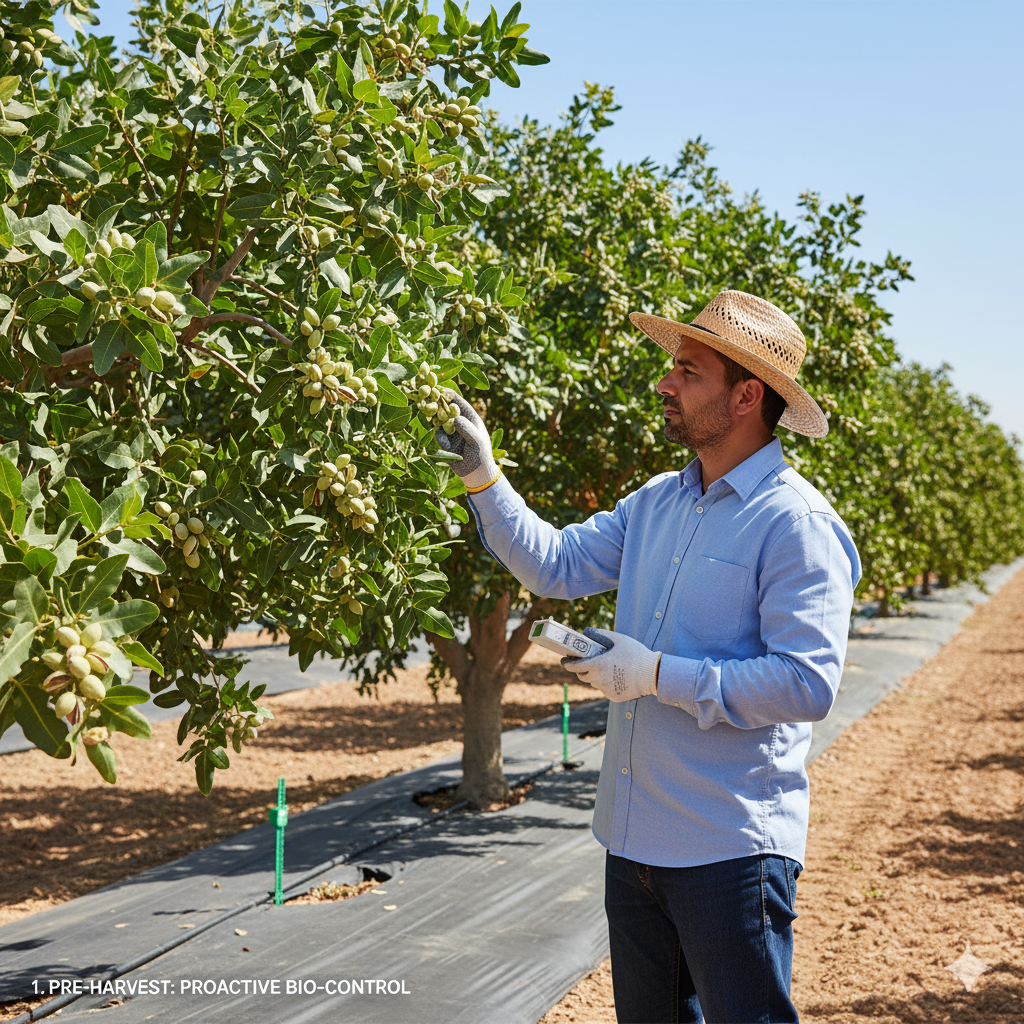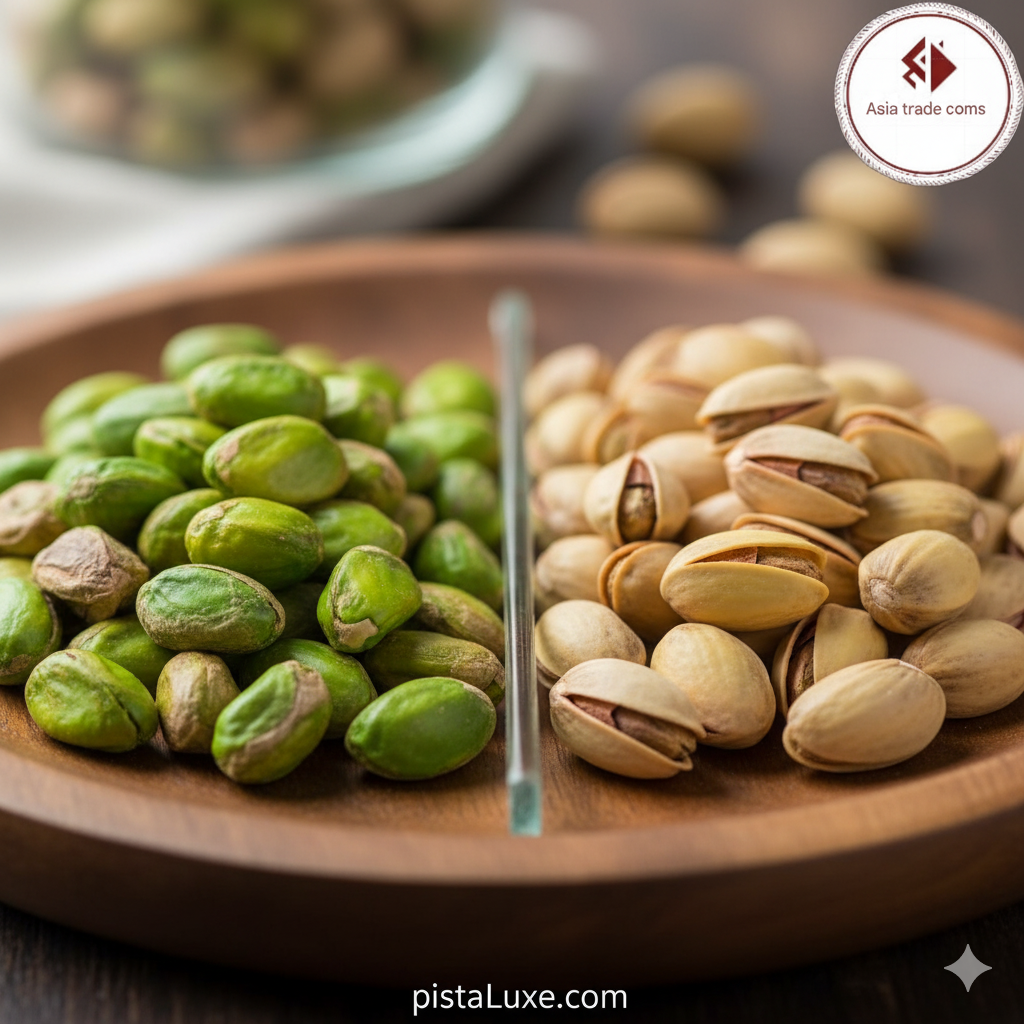
Introduction:
Pistachio, this “green gold” of the desert, is not only a highly profitable agricultural product in Iran but also holds a special place in our country’s culture and economy. Historically, pistachio orchards have symbolized lushness and hope in the heart of arid regions. However, successful pistachio cultivation demands knowledge, experience, and close attention to detail. In this comprehensive article, we aim to cover all key aspects of pistachio farming, from selecting the best saplings and ideal climatic conditions to the vital role of correct and systematic fertilization for enhancing both the quantity and quality of the yield. If you are looking to boost the productivity of your pistachio orchards or plan to enter this field, this article will serve as a complete guide.
Part One: Understanding Pistachios and Their Needs
- Introduction to Common Pistachio Varieties in Iran:
- Akbari Pistachio: Luxurious and market-demanded, with a large and elongated kernel.
- Ahmad Aghaei Pistachio: Popular for export, with an almond-shaped kernel and excellent taste.
- Fandoghi (Ohadi) Pistachio: High-yielding and resilient, suitable for various regions.
- Kalleh Ghouchi Pistachio: Large and appealing, with high productivity.
- And more… (Mention other varieties and their characteristics).
- Ideal Climatic Conditions for Pistachio Cultivation:
- Temperature: Requires hot, dry summers and cold winters for dormancy.
- Light: Full and prolonged sunlight.
- Humidity: High resistance to drought, but needs sufficient humidity during critical growth stages.
- Suitable Soil for Pistachio Orchards:
- Loamy-sandy soils with excellent drainage.
- Optimal pH (7 to 8).
- Importance of organic matter in the soil.
- Pistachio Irrigation:
- Proper water management during different growth stages (flowering, fruit set, kernel filling).
- The role of drip irrigation in increasing water efficiency.

Part Two: The Importance of Fertilization in Pistachio Cultivation
Fertilization is the beating heart of pistachio orchard management. Without proper nutrition, pistachio trees cannot reach their full potential or produce high-quality yields. Correct fertilization not only increases product quantity but also improves the size, taste, color, and nutritional properties of pistachios.
- Nutrients Required by Pistachios and Their Roles:
- Macronutrients:
- Nitrogen (N): For vegetative growth, leaf development, and increased photosynthesis.
- Phosphorus (P): For root development, flowering, and fruit formation.
- Potassium (K): For stress resistance, kernel filling, and improved product quality.
- Calcium (Ca), Magnesium (Mg), Sulfur (S): Crucial roles in physiological processes.
- Micronutrients:
- Iron (Fe), Zinc (Zn), Manganese (Mn), Copper (Cu), Boron (B), Molybdenum (Mo): Each plays a specific role in plant metabolism, and their deficiency can severely reduce yield.
- Types of Pistachio Fertilizers and Application Times:
- Organic Fertilizers (Animal manure, compost): Improve soil structure, increase fertility, and water retention capacity. Application time: Autumn and Winter.
- Chemical (Mineral) Fertilizers: Provide quick nutrient supply.
- Nitrogenous Fertilizers: In spring for early growth.
- Phosphorus and Potassium Fertilizers: Before flowering and during kernel filling.
- Micro-fertilizers: As foliar sprays or with irrigation at different growth stages.
- Bio-fertilizers: Enhance soil microbial activity and increase nutrient absorption.
- Fertilization Methods:
- Deep Placement (Chalkood): An effective method for supplying fertilizer deep into the root zone.
- Foliar Application: Rapid supply of micro-elements and some macro-elements.
- Fertigation: Fertilization along with irrigation water, highly efficient.
- Importance of Soil and Leaf Analysis:
- Accurate determination of the orchard’s nutritional needs.
- Prevention of excessive fertilizer use and damage to trees.
- Precise fertilization planning.
- Pistachio Fertilization at Different Growth Stages:
- Pre-planting: Soil preparation and basic nutrient supply.
- Early Years (Non-bearing): Focus on vegetative growth and tree shaping.
- Bearing Years: Precise planning for maximum production and quality.
Part Three: Pest and Disease Management in Pistachio
- Major Pistachio Pests: Pistachio Psylla (drying sap), wood borer moth, stink bugs, twig borer beetle, etc. (介绍生物和化学防治方法 – Introduction to biological and chemical control methods).
- Common Pistachio Diseases: Gummosis, bacterial canker, Verticillium wilt, etc. (Prevention and treatment methods).
- Integrated Pest Management (IPM): A sustainable approach to control.

Part Four: Pistachio Harvesting and Processing
- Optimal Pistachio Harvesting Time: Determined by full fruit ripeness.
- Harvesting Methods (Traditional and Mechanical): Advantages and disadvantages.
- Initial Pistachio Processing Steps:
- Hull Removal: Removing the outer skin.
- Separation of Open-Mouth from Closed-Mouth Pistachios: Product classification.
- Drying: Reducing moisture to prevent spoilage.
- Sorting and Grading: Based on size and quality.
- Importance of Hygiene in Pistachio Processing: Preventing fungal contamination (Aflatoxin).
Conclusion:
Pistachio cultivation is a long-term investment requiring patience, knowledge, and the application of scientific principles. By adhering to all the points mentioned in this article—from proper sapling and soil selection to precise irrigation, systematic fertilization based on actual tree needs, and intelligent pest and disease management—you can take a significant step towards increasing the productivity and profitability of your pistachio orchards and offering a globally competitive product. Remember, every pistachio tree is a living organism that will respond best with proper care and nutrition.
For expert consultation on purchasing and supplying the best saplings, necessary fertilizers, and comprehensive guidance on pistachio cultivation, you can contact Mr. Ravanshad via WhatsApp:
WhatsApp Contact Number: 00989214773705





